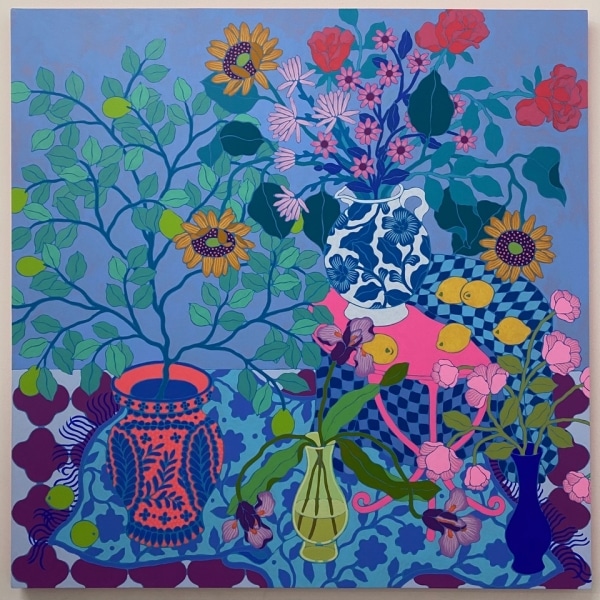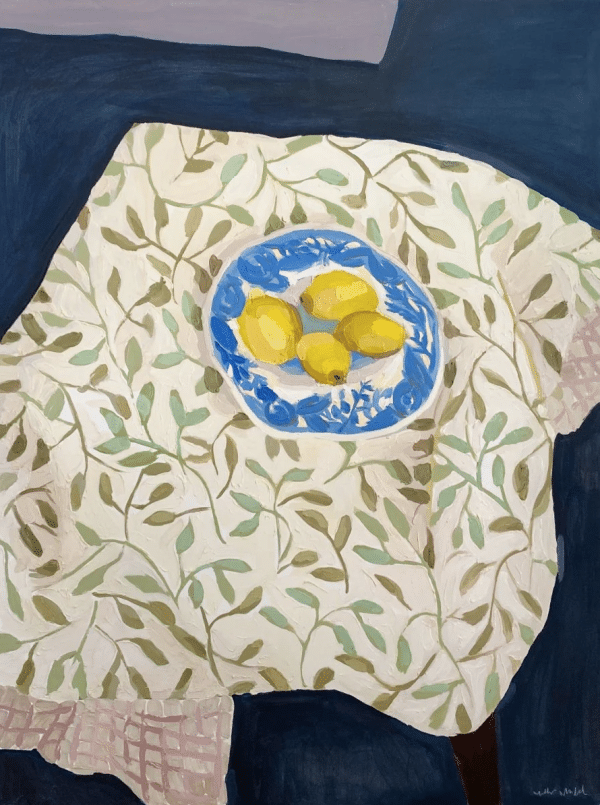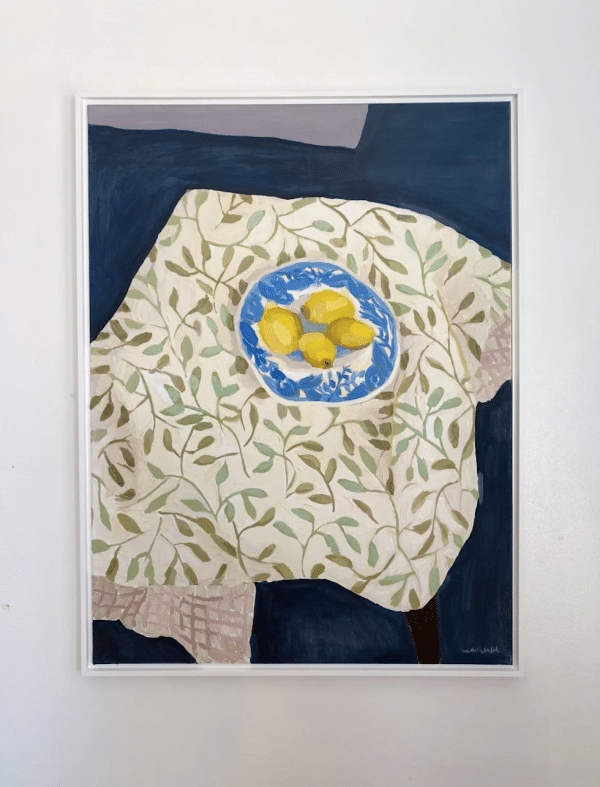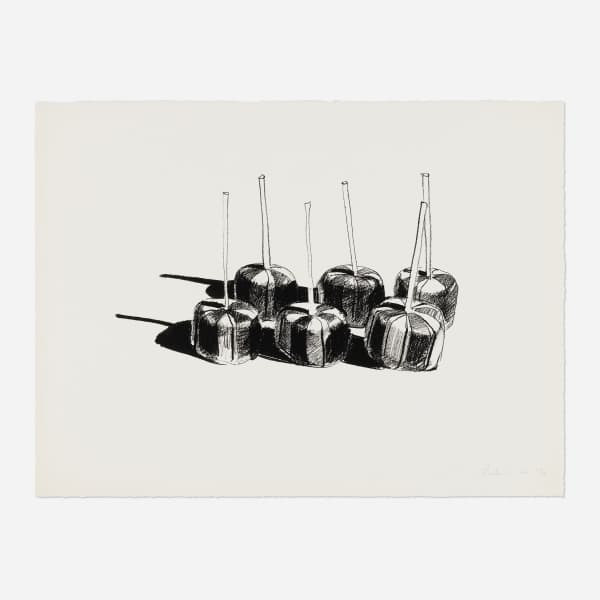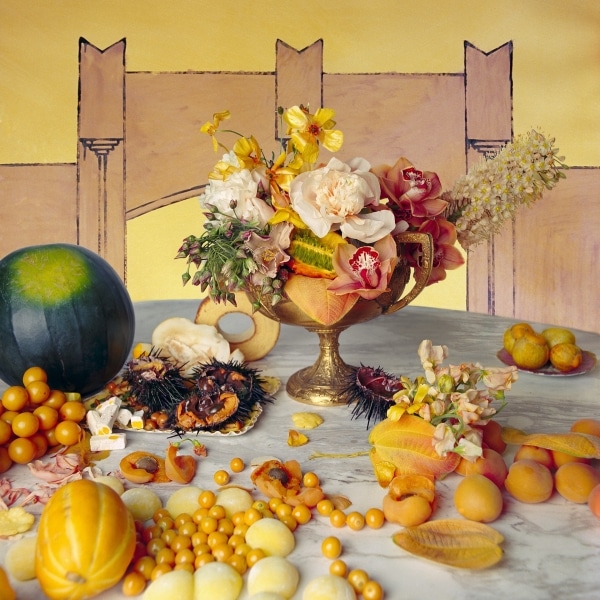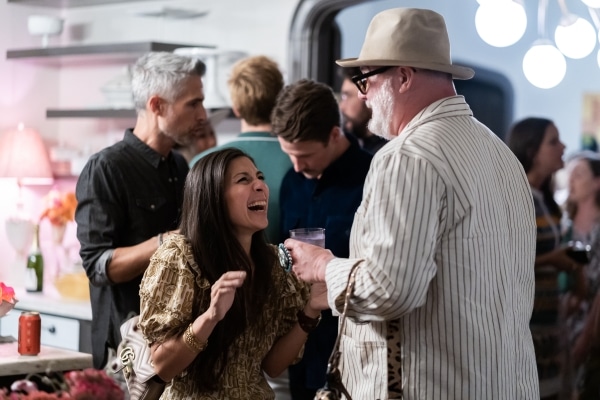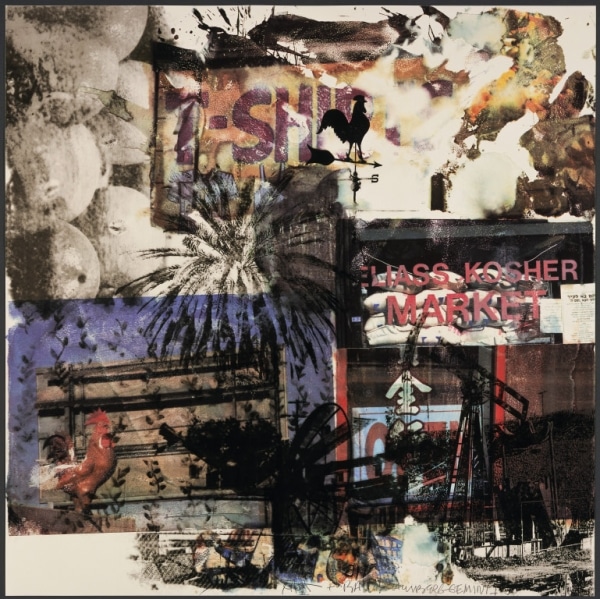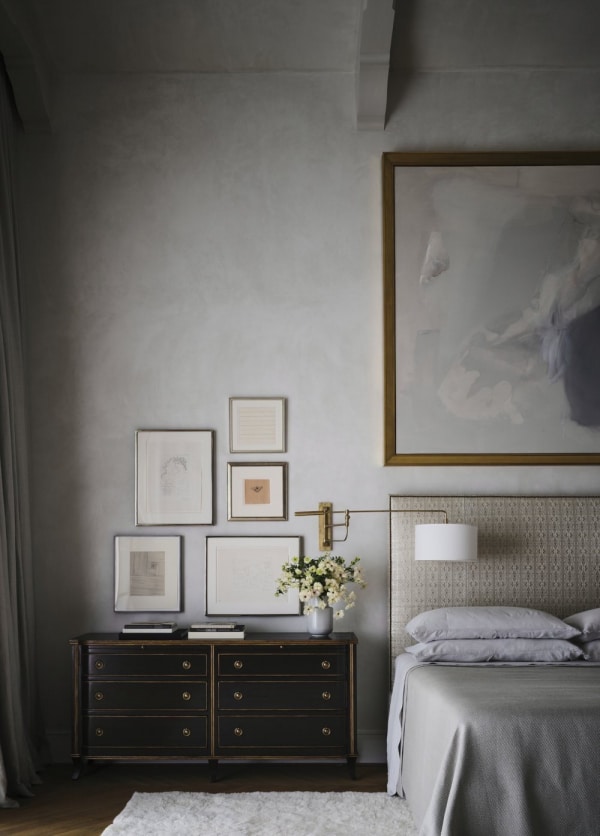Where simple moments speak in stillness.
Tablescapes have been a canvas for understanding our histories, social change, modern art movements, and connections between people. These artworks aren’t just about fruits and dishes; they’re windows into different worlds and perspectives.
The term ‘tablescape’ comes from the mix of ‘landscape’ and ‘table.’ It’s about arranging things on a table like a work of art. This concept goes back to the Old Testament and has inspired artists to bring these scenes to life in paintings, prints, and photos.

Icons like Frans Snyders and Paul Cezanne were among the first to paint tablescapes in the still-life style. Snyders’ Fruit Stall reflects the social hierarchy of his time through the specific arrangement of goods on the table. Cézanne took a different approach, making tablescapes the first to showcase multiple perspectives within a single still life. This innovative style introduced a new way of seeing and paved the way for modern and abstract art. His Still Life with Apples and Peaches is more than a picture of fruit—it’s a story told with colors and textures.

Tablescapes constantly evolve, with modern artists like Chuck Ramirez and Wayne Thiebaud offering fresh perspectives on the theme. Ramirez captures scenes of everyday consumerism through his photography, while Thiebaud paints cakes and desserts that evoke nostalgia, creating playful and vibrant reinterpretations of the classic tablescape.
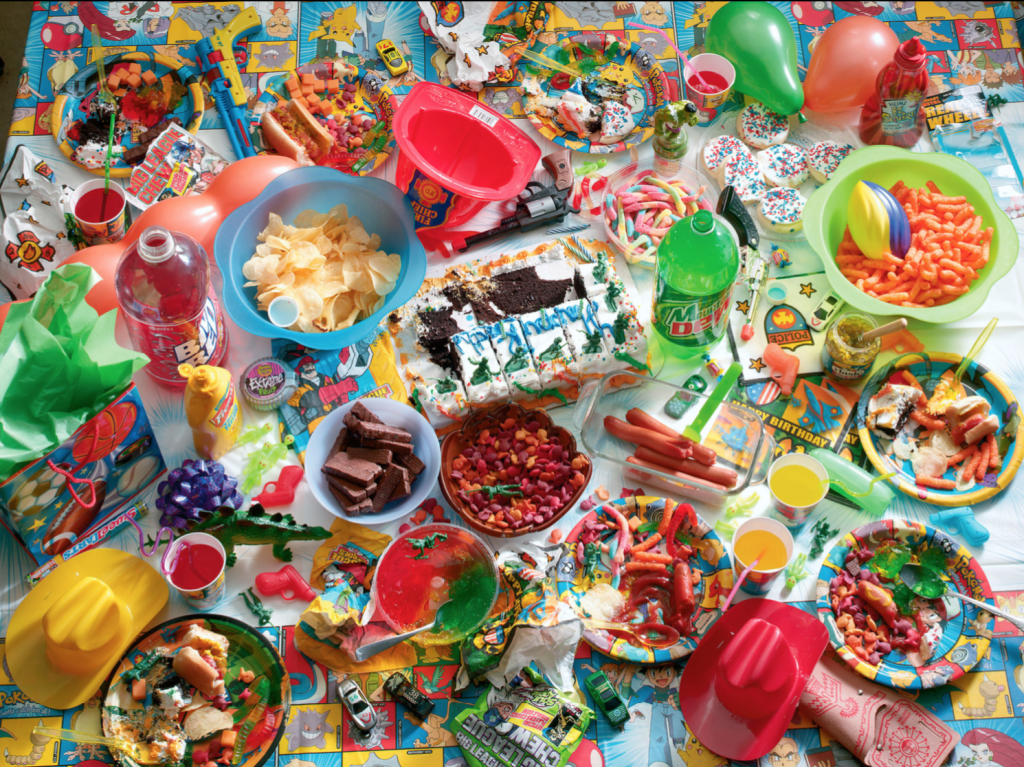

Denise Prince’s work explores the concept of the female gaze. Inspired by baroque tablescapes—often arranged and painted by men, even though the objects reflected traditional female responsibilities—she reimagines this classic theme through a new lens. Drawing inspiration from 1950s cookbooks, Prince uses these influences to introduce the female gaze into her art, playing with varied perspectives and challenging traditional views.

These tablescapes are more than just collections of objects—they’re about people and their stories. Even without figures, artists allow you to imagine yourself in those moments, inviting you to immerse in the scene and give it your own meaning.
From timeless classics to fresh approaches, tablescapes always remind us of the importance of connecting with others and sharing stories around the table.
Artwork pictured at top of post: Denise Prince, Conceptual Still Life with Scarlet Ibis, 2021.




